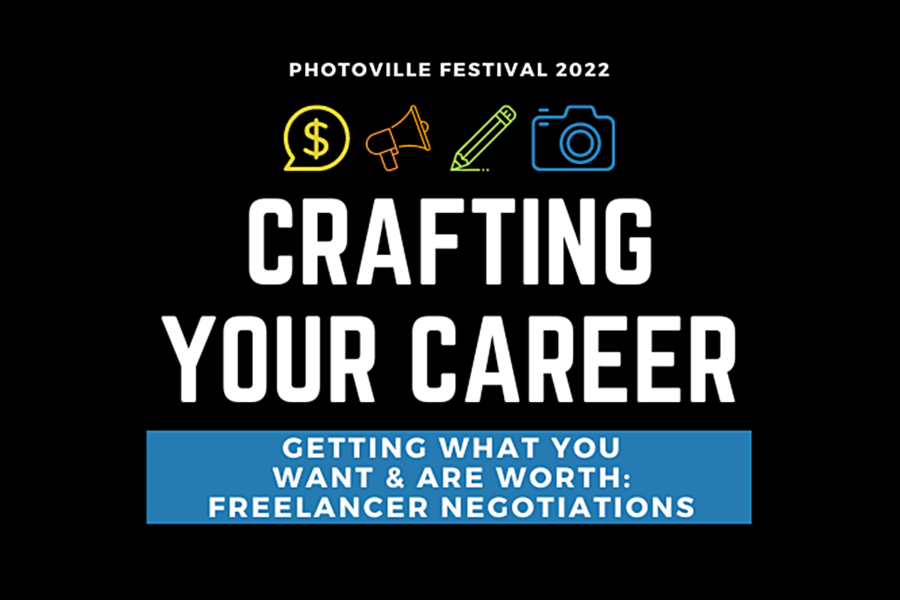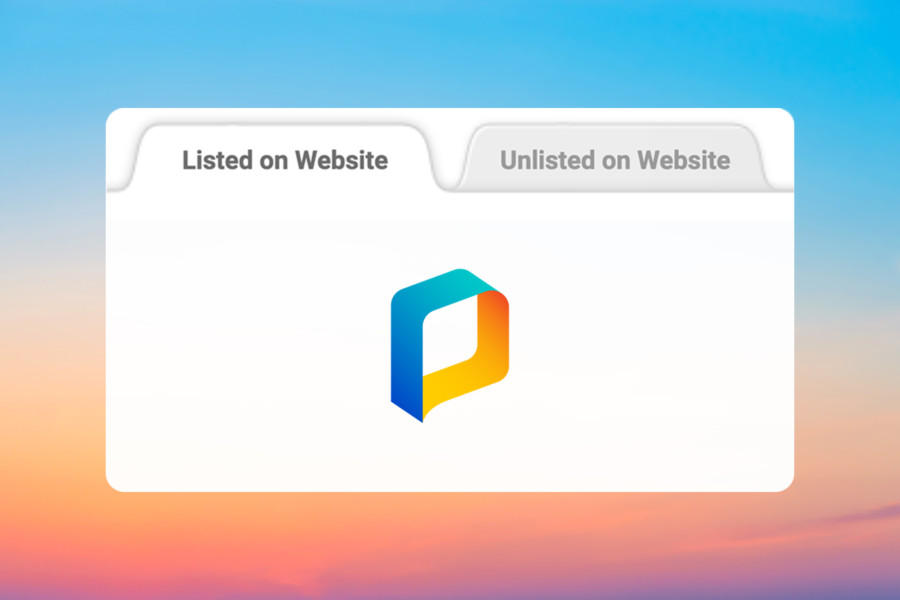Share
Negotiation Tips for Freelance Photographers
Most (if not all) freelance photographers have at least one horror story about overly restrictive contract terms or a nightmare contract they shoul...

Most (if not all) freelance photographers have at least one horror story about overly restrictive contract terms or a nightmare contract they shouldn’t have signed but did before they knew better. In this industry, knowing how and when to negotiate with a client is essential to your success as a freelancer.
But when you get down to the details, learning how to negotiate is actually a bit of a paradox. Negotiating necessitates there be contracts in the first place, and photographers almost always need published work and real clients to book future gigs. More often than not freelancers, at least when they’re starting out, are learning by making mistakes all while doing their best to simply make ends meet.
As part of their NYC festival this year, Photoville partnered with Diversify Photo and Leica for their “Crafting Your Career” series. Offering free online sessions open to the public, the series covered three topics: side hustles, artist collectives and negotiating as a freelancer. Last week I attended their final virtual workshop “Getting What You Want & Are Worth: Freelancer Negotiations.” Moderated by David M. Barreda, Senior Photo Editor at National Geographic, the discussion was structured around four common freelance scenarios and how the two guests, Jared Soares and Emiliano Granado, freelance photographers and the creators of the professional photographic knowledge base F*** Gatekeeping, would approach them.
Whether you’re looking for advice on when (if ever) it’s ok to work for free or why sometimes giving up your copyright via a work for hire contract might be worth it, check out the highlights below.
Note: This is the first of a two-part piece. Part two can be found here.
Cover image by Photoville and Diversify Photo.
Scenario 1: Editorial organization gets in touch about a potential assignment. It appeals to your sensibility and interests, but the budget is weak and expectations for retouching and lighting are high. The organization offers a Work For Hire (WFH) agreement.
Work For Hire contracts have become somewhat of a universal enemy in the freelance photography space, and rightfully so. They’re surprisingly common and carry a big consequence: give up your copyright.
Before jumping into specifics, both Jared and Emiliano stressed that freelancers should feel empowered to push back against any terms that feel unfair or overly restrictive. “It took me a few years to realize you can literally cross out lines in a contract,” Emiliano said. He also mentioned that pushing back a little against a WFH contract has actually resulted in his contact realizing they’d sent the wrong contract to begin with. So asking if the terms of a contract are negotiable is always the best place to start.
When considering a WFH contract ask yourself a few things:
- Is this assignment providing me access to someone or something that aligns with my personal interests that I am unable to get on my own?
- Do I have complete creative control?
- Is there any potential for resale and/or opportunities to make money in the future?
- Is the WFH negotiable? (Always ask!)
When considering WFH, be sure to keep in mind the ripple effects of such a contract. During the discussion, it was also noted that photographers must get permission to use an image or images from a WFH contract in their portfolio. And if that’s something you’re pursuing, the rule of thumb is to always get that in writing.
While generally restrictive, there is a little wiggle room within WFH agreements and freelancers should try their best to capitalize on them whenever possible. Jared mentioned that he sometimes asks whether he can share an approved set of images (on his Instagram or website presumably) but keep the WFH contract in place so it’s worth giving that a shot. “There’s a whole game after the game,” Emiliano noted.
In considering scenarios where they would say yes to an assignment with a WFH contract, both stressed that, at this stage in their careers, it’d have to be a once in a lifetime opportunity. Providing an extreme example as a means to demonstrate just how cautious freelancers need to be, Emiliano said that he’d agree to WFH terms if he could photograph “Zendaya on the moon” since that’s the type of photograph that would lead to future jobs and is a truly unique opportunity for the photographer. Jared agreed that it’s got to be worth it in the long term, adding that Zendaya on the moon would probably land on the mood boards for many future photoshoots. That could mean more work for Emiliano when it comes time to hire a photographer for that brand’s project.
The main message? Always be cautious of WFH and always ask if the terms are negotiable. Another way to think of it is to mull over the life of a photograph beyond the original project. If that carries a lot of value with this particular job, then it might be worth giving up your copyright.
Celebrities in space aside, both agreed there’s one last case where they might accept: if the price was high enough. “For me, straight up WFH where I can’t do anything with the images? I need five digits with a comma,” Jared said. “I’ll shoot almost anything for five grand,” Emiliano added. “But it’s for you to measure and you have to decide what that number is for you.”
Many established photographers just blanket refuse to discuss the possibility of agreeing to WFH contracts but I appreciated that both Emiliano and Jared approached the topic with a bit more nuance and sensitivity to emerging photographers looking to get their foot in the door. After all, being able to say no to a job is a privilege not everyone has.
Scenario 2: A popular website/online community with a significant social media following reaches out expressing interest in sharing a long term body of work/personal project. They do not have a budget to pay for the photographer or photos.
Things to consider when deciding:
- Is this a legitimate site or publication?
- Who spends time on the site?
- Are there opportunities to leverage this piece for my benefit?
“Value isn’t always financial,” Emiliano stressed. If there are instances where you don’t have to work very hard but will gain followers and get great exposure that can help push your career forward, then he says go for it. Other times it might be worth it in instances where you’re helping to raise awareness for a cause you really care about personally.
In reference to this scenario and a time when saying yes to free work paid off, Jared shared a personal story about coming up when The New York Times Lens blog was uber-popular. At that time, the Times wasn’t paying for usage of work in posts but as a photographer in a smaller market trying to establish himself—Jared was living and working in Roanoke, Virginia—being featured on the blog lent priceless credibility to his work. “Three posts on the Lens blog translated to other opportunities, either assignment work or a conversation or meeting,” he told us.
The theme here was to try to find the line between knowing your worth and recognizing that there will be instances where exposure can help you get ahead.
Additional resources:
- F*** Gatekeeping
- Works for Hire: How Not to Get Bitten via ASMP
- Expert Advice on Terms & Conditions via Wonderful Machine
- Cost of Doing Business Calculator via NPPA
- The Photographer’s Guide to Negotiating by Richard Weisgrau
- Pricing and negotiating examples via A Photo Editor
- Negotiation Tips for Freelance Photographers via Cradoc fotoSoftware
- Photographer Pay Equity Project by Diversify Photo and Women Photograph
- How to Price Image Licensing Rates and Estimates via Todd Owyoung
We are hoping to grow this list over time. Please feel free to share your go-to resource(s) in the comments section below or tweet @photoshelter.
The two scenarios and their related questions to consider were taken directly from the presentation, with all credit to Photoville and the speakers.
You can find the full session below:


